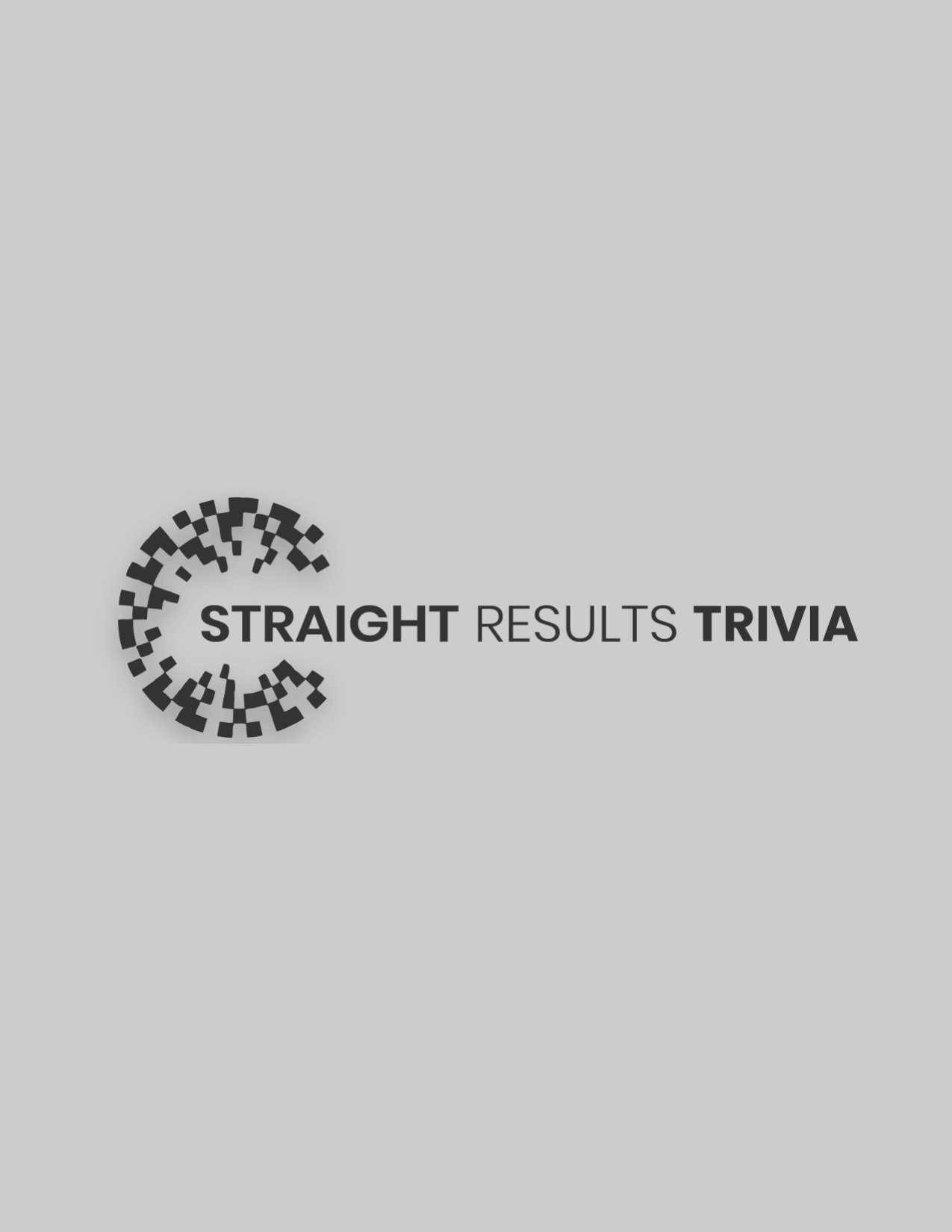Internet of things is making an impact on the business sector and our lives. Faster 5G and WiFi, combined with rapid improvements in machine learning, prove that AI is leading digital transformation. The acceleration is becoming a reality with the increase in connectivity. Thanks to the IoT, users can experience what they once believed to be impossible a few decades ago. Looking ahead in 2021, we can see how rapidly the Internet of Things is growing after the COVID-19 pandemic.With the increasing use of this technology, experts and developers are implementing new changes. Consequently, they can provide future users an even better experience. Let’s dive deep into top IoT trends for 2021:
1. Resolving the Network Connectivity Chaos
After implementing WiFi and 5G technologies, the scope of wireless connectivity options is rapidly increasing. Technology leaders are working on reducing market chaos since the COVID-19 pandemic. Their focus to make wireless connectivity efficient and widespread will be among the top technology trends of 2021.
More than 800 Starlink satellites orbit around the planet. These are low-earth-orbit satellites, competentfor long-distance connectivity. Including this complementary option, we expect to observe an increase in similar lower-power networking technologies in 2021.
2. Increasing Development in the Healthcare Sector
As many people were at home in isolation throughout last year, they could not manage their chronic, preventable, cancer conditions. The year 2021 has brought numerous innovations in the health sector. Experts can diagnose patients through proactive engagement. Innovative sensors and wearables will be available, so no patient remainsuntreated.
Consumers are seeking interest in digital healthcare devices. The trend of these devices will rapidly increase as individuals can monitor their health condition, gain insight into their health, and reduce healthcare costs.
3. Taking-over the Traditional Business
Traditional businesses shifting towards remote working spaces is the biggest trend surrounding workspaces this year. Experts never expected digital transformation at the global level. However, since 2020, manufacturers, pharma firms, distributors, and utilities started operating remotely. The Internet of things enables them to remotely connect their machines to a centralized system. Furthermore, it increases the reliance on remote experts, so you save costs on expensive travel and downtime. This year, the Internet of Things allowed organizations to communicate with customers and fulfill demands by syncing machines and assets.
4. Expanding the Accessibility of Location Data
The pandemic helped companies understand the importance of location while delivering useful employee and customer experiences. Location data offers convenience to both employees and customers. It allows a plethora of functions like roadside pick-up, virtual queues, and check-in for reservations. Technology partners can help leverage location data to the max. Furthermore, it enables the consumer to control who can access their location data through third-party plugins.
Conclusion
While considering these current predictions and trends, we can see future diversification. The implications that apply on commercial and residential levels are widespread. The number of businesses and individuals adopting the Internet of Things is increasing drastically, bringing convenience and efficiency day by day. Based on today’s advancements, people will be living comfortable and convenient lifestyles with help from the IoT in the future.















